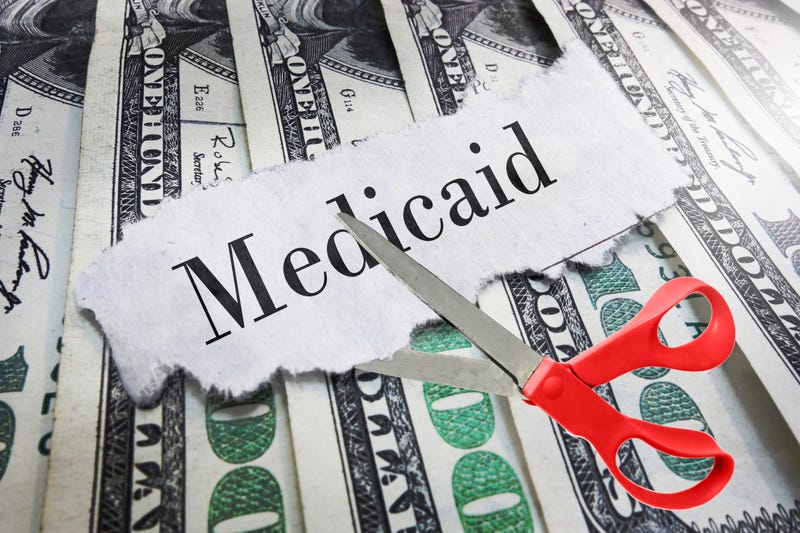
A new analysis from the Minnesota Department of Human Services shows as many as 140,000 residents will lose their health coverage due to federal Medicaid cuts.
State Medicaid Director John Connolly says the impacts on Medical Assistance - Minnesota's Medicaid program - will be significant and felt by everyone, no matter how they get their health insurance, he adds.
"The loss in coverage within Medicaid will contribute to more uncompensated care for providers and raise costs more broadly in the system for people who are privately insured," says Connolly. "Because providers will feel that stress and not have a source of payment for people who lose Medicaid coverage."
The federal cuts are expected to take effect by 2027, and include a work requirement of at least 80-hours per month. They will also require recipients to reapply for coverage every six months.
Connolly also says that the federal cuts are going to impact state and county budgets.
"We expect Minnesota, in addition, to lose $1.4 billion in funding in the first four years of implementation," Connolly explains. "And we actually expect those losses to get bigger over time as well. Counties will also face millions in new administrative costs as a result, largely, of the new eligibility and enrollment requirements."
States and rural health advocacy groups have been warning that cutting Medicaid — a program serving millions of low-income and disabled Americans — would hit already fragile rural hospitals hard and could force hundreds to close, stranding some people in remote areas without nearby emergency care.
More than 300 hospitals could be at risk for closure under the Republican bill, according to an analysis by the Cecil G. Sheps Center at the University of North Carolina at Chapel Hill, which tracks rural hospital closures.
Rural hospitals have long operated on the financial edge, especially in recent years as Medicaid payments have continuously fallen below the actual cost to provide health care. More than 20% of Americans live in rural areas, where Medicaid covers 1 in 4 adults, according to the nonprofit KFF, which studies health care issues.
President Donald Trump’s $4.5 trillion tax breaks and spending cuts bill could worsen rural hospitals’ struggles by cutting a key federal program that helps states fund Medicaid payments to health care providers. To help offset the lost tax revenue, the package includes $1.2 trillion in cuts to Medicaid and other social safety net programs — cuts they insist only root out fraud and waste in the system.
But public outcry over Medicaid cuts led Republicans to include a provision that will provide $10 billion annually to buttress rural hospitals over the next five years, or $50 billion in total. Many rural hospital advocates are wary that it won’t be enough to cover the shortfall.
Meanwhile, Vice President JD Vance has hit his home state to continue promoting the GOP’s sweeping tax-and-border bill. He was in Canton, Ohio, on Monday to talk about the bill’s benefits for American families and businesses.
His speech before a crowd at the Metallus Inc. steel mill marks Vance’s second trip this month to sell the package that Republicans call the “One Big, Beautiful Bill” as he becomes its chief promoter on the road. In West Pittston, Pennsylvania, this month, Vance told attendees at an industrial machine shop that they should be able to keep more of their pay in their pockets.
The White House sees the new law as a political boon, sending Vance to promote it in swing congressional districts.
The Associated Press contributed to this story.
